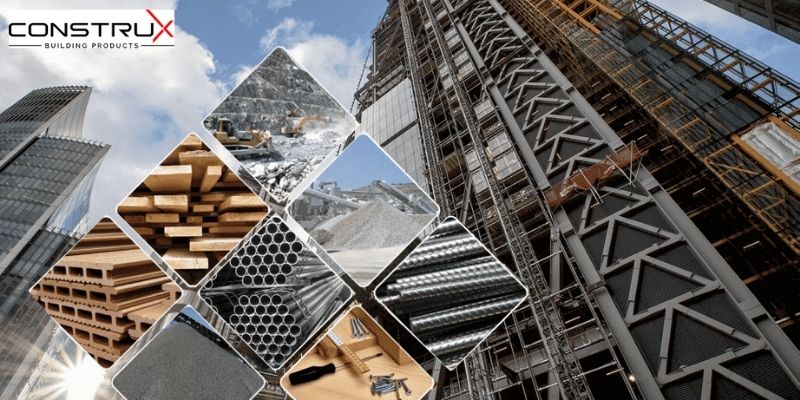
5 New Materials That Are Changing Commercial Construction
Construction materials are the most essential factor in every commercial as well as a residential structure. These construction materials have come a long way over the years. Right from the use of timber to concrete, the construction materials are the most significant factor that provides strength to the building and supports it. Nowadays builders and construction contractors are looking for newer and more effective construction materials for their projects. Builders are taking advantage of innovative solutions that will reduce the time and cost of designing new structures.
#1 Self-Healing Materials - Cement
One of the most exciting developments in the construction building material is self-healing cement. As you know that with the use of regular cement, even a small crack in a concrete structure can develop into a much bigger and lead to expensive problems. Self-healing concrete (especially cement) could help buildings, tunnels, bridges, and other structures to last longer without significant repairs or replacement. The money that would be saved over the long run is difficult to calculate, as is the reduction in carbon emissions.
#2 Mass Timber
For many years, the use of timber has decreased steadily in commercial construction projects. Concrete and steel have been the preferred option due to their strength and fire resistance. However, timber is making a comeback in the form of mass timber, which is essentially solid wood that has been laminated and panelized to increase strength and durability. Making use of mass timber allows builders to lower the carbon footprint of buildings by trapping carbon from the atmosphere, and to reduce the cost of building materials.
#3 Making Use Of Air-cleaning Bricks
New construction materials are also improving the quality of indoor air. Because air quality is always a top concern for commercial structures, using passive air filtration systems can significantly benefit builders and building owners. Air-cleaning bricks are innovative construction materials that can filter incoming air to remove pollutants. These bricks are placed on the outside of a building and they filter heavy air particles as air flows indoors.
#4 Strand Rods
Carbon fiber is now being used in many different applications. From vehicles to airplanes and household items, this material is becoming more relevant by the day. In the construction industry, carbon fiber is being used to retrofit buildings against earthquakes.
Thermoplastic carbon fiber is used in the form of a material called CABKOMA. CABKOMA is five times lighter than metal and it has an aesthetically appealing look on buildings. It also has excellent durability and strength to protect buildings against earthquakes.
#5 Cooling Bricks
Cooling bricks (also called hydro-ceramic bricks) are perhaps one of the most innovative materials to explore this upcoming year. These bricks are made from clay and hydrogel, and they’re typically designed to line the outside of buildings.
As air comes in, the hydrogel material absorbs water and stores it within the bricks. This water can be released to cool the building on a hot day. Cooling bricks have great potential to reduce energy consumption in commercial structures.
Summary:
When considering the use of new construction materials, it is important to consider both the new innovations available on the market and the costs of implementing them to your projects. Accurate cost estimates are essential to ensure that you maintain profitability in the construction business.








COMMENTS